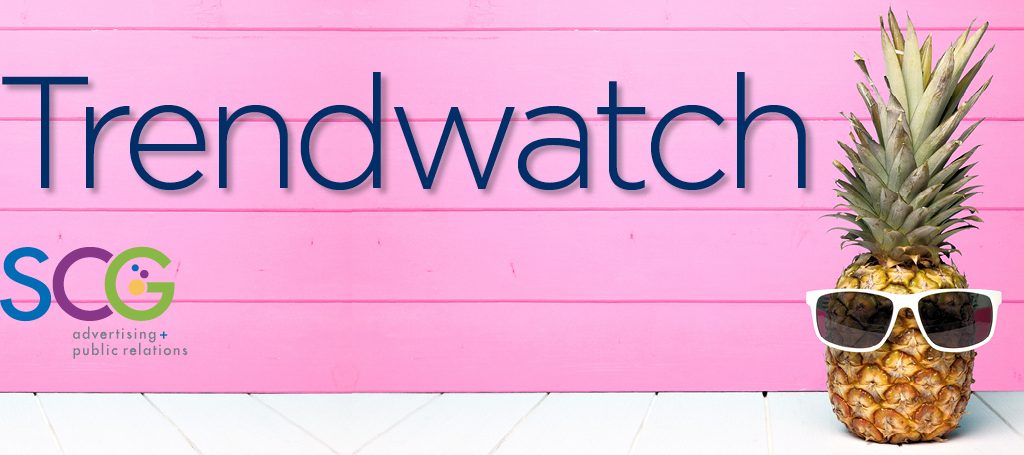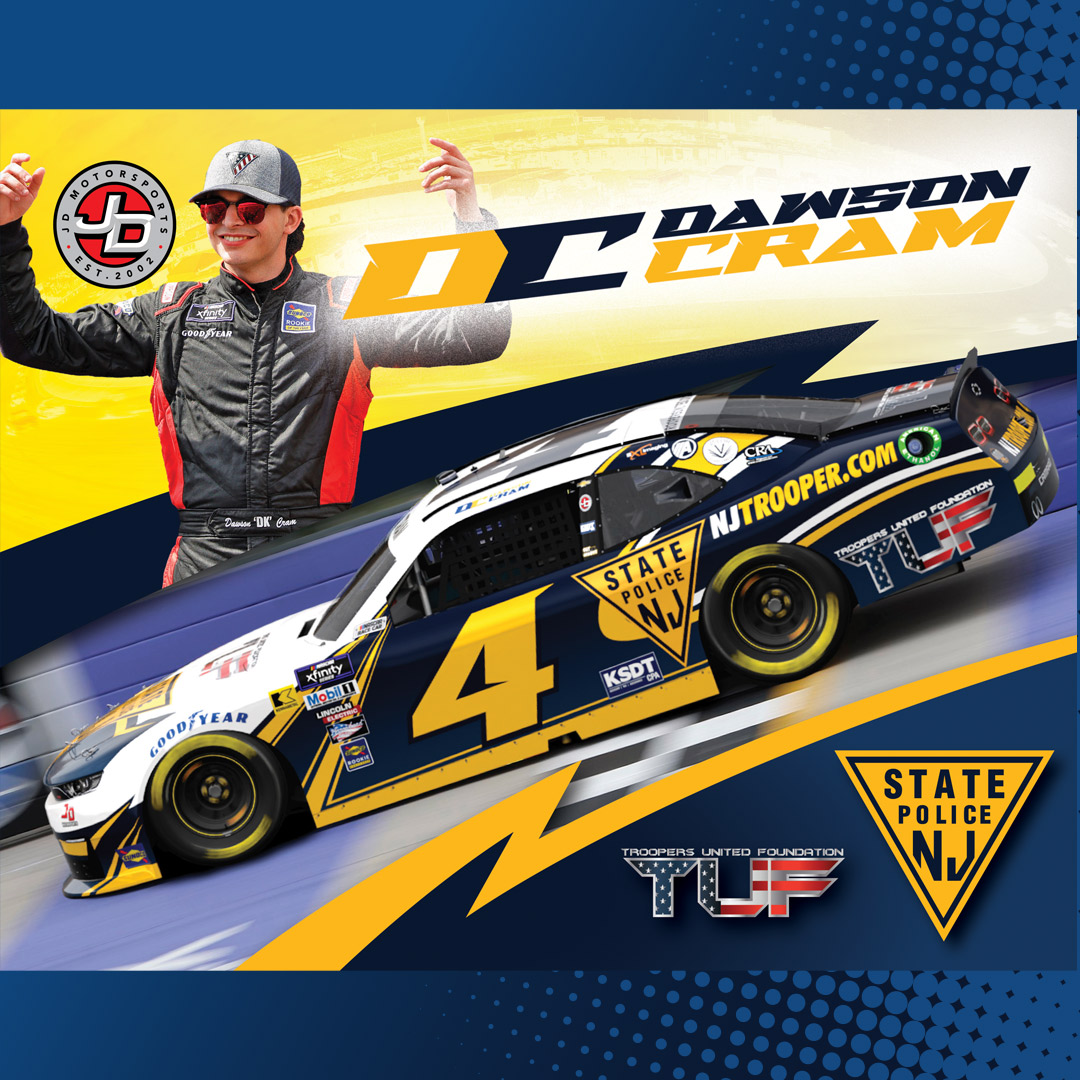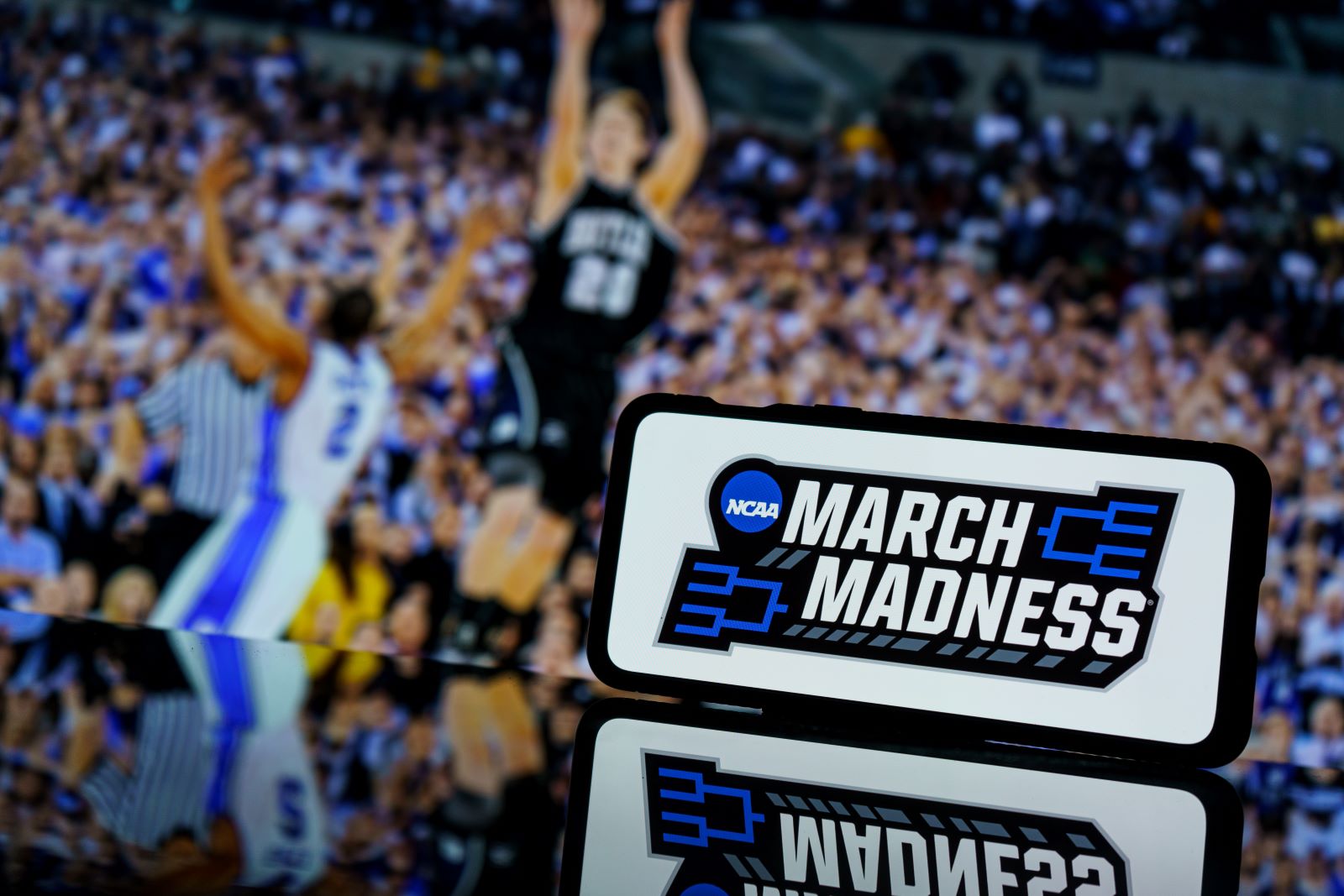
Welcome to your monthly round-up for busy MarCom professionals. This month, we are sharing the latest news, strategies, tools, and trends affecting the industry landscape. Check in for the latest updates from all over the web.
1. Thought leadership: The human element your marketing needs
AI is everywhere, filling the web with content that often lacks the depth, nuance or forward-looking angle of expert insight. While tools like ChatGPT can supplement expertise with efficiency and creativity, more than ever, buyers need perspective that comes from years of experience and deep industry knowledge.
In this sea of increasingly repetitive and recycled content, you need to offer something unique to capture attention. That’s where “thought leadership” comes in. Yes, it’s a buzzword that took a beating several years ago with many self-proclaimed thought leaders, but it has never been a more important part of your marketing strategy. Read more…
2. 2023 in review: 3 key trends to inform your 2024 marketing plan
Forecasting this holiday season is like playing Powerball. Holiday spending will rise 3% to 4% in 2023, the National Retail Federation predicts. This is the smallest gain since the first pandemic year. Other forecasts say consumers plan to take on less debt this year, cut back more or shift spending from things to experience.
Even with everything happening around you, I will ask you to pause your daily business for a minute and look back over this year. At some point before the year is out, you’ll be thinking about what next year will bring. As you do, let’s think about some events that shaped decision-making and will likely factor into your planning for 2024.
These three developments stood out for me this year. Read more…
3. A measurement formula for modern brand marketers
For marketers, keeping up with today’s rapidly shifting customer landscape can feel like an unending sprint. The same can be said of the ever-growing list of integrated measurement solutions. Indeed, 54% of marketers admit they’re overwhelmed by the number of data, measurement, and analytics solutions that are available, and report decreased confidence in those solutions’ ability to produce solid business results.1
We hear this firsthand from our customers too. They understand that a privacy-first, cross-media measurement strategy is the foundation of the future, but they’re not quite sure how to begin implementing it today. That’s where we can help.
For years, we’ve been talking to brand marketers about the value they get from cross-media investments. Based on what we’ve learned from these conversations, we’ve determined that there’s a simple formula you can follow to ensure a successful measurement strategy — one that isn’t just a reactive play to protect your investments but that acts as a proactive growth engine.
I’ll walk you through its three steps. Read more…
4. Google’s 2024 cookie deprecation deadline is still on, says vp of global advertising Dan Taylor
Between the Department of Justice’s antitrust suit against Google and the impending self-imposed deadline for removing third-party cookies from its Chrome browser, there is a lot on the technology megacorp’s plate.
But Dan Taylor, the company’s vp of global advertising, is confident that nothing will change the timeline that Google has set for cookie depreciation: “Cookies will be phased out completely from Chrome at the end of 2024.” Read more…
5. It’s not just Swifties: There are more sports fans, and brands see a way to score
On Sept. 24, Taylor Swift — you might have heard of her — attended an NFL game to watch her beau, Kansas City Chiefs tight end Travis Kelce, help his team defeat the Chicago Bears 41–10.
That same day, sales for Kelce jerseys spiked 400 percent.
The Kelce phenomenon reflects how major sports organizations are leaning into the stardom of their most popular players, and the stories surrounding them, to expand their audience; the NFL even briefly changed its header photo on X, formerly Twitter, to one of Swift.
This also highlights the opportunity for brands to capitalize on new sports fans who might be going all-in on their newfound passion. Or they can capture casual participants more interested in the personalities and culture surrounding the sport than the sport itself. Whatever the case, the last few years have seen rising engagement with sports, both in the U.S. and around the world, that goes well beyond Swift and the NFL. The brands that tap in to that consumer interest could benefit. Read more…












